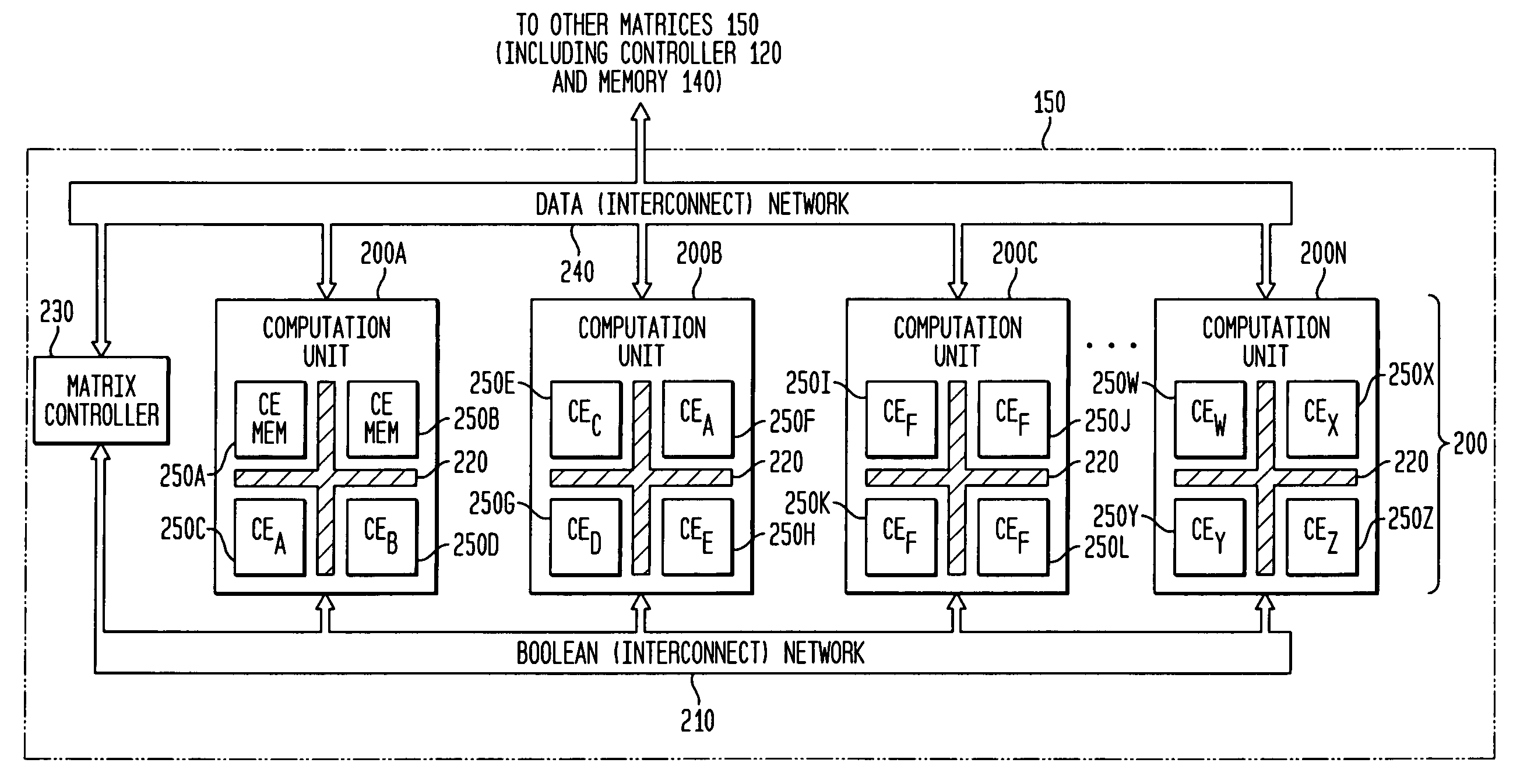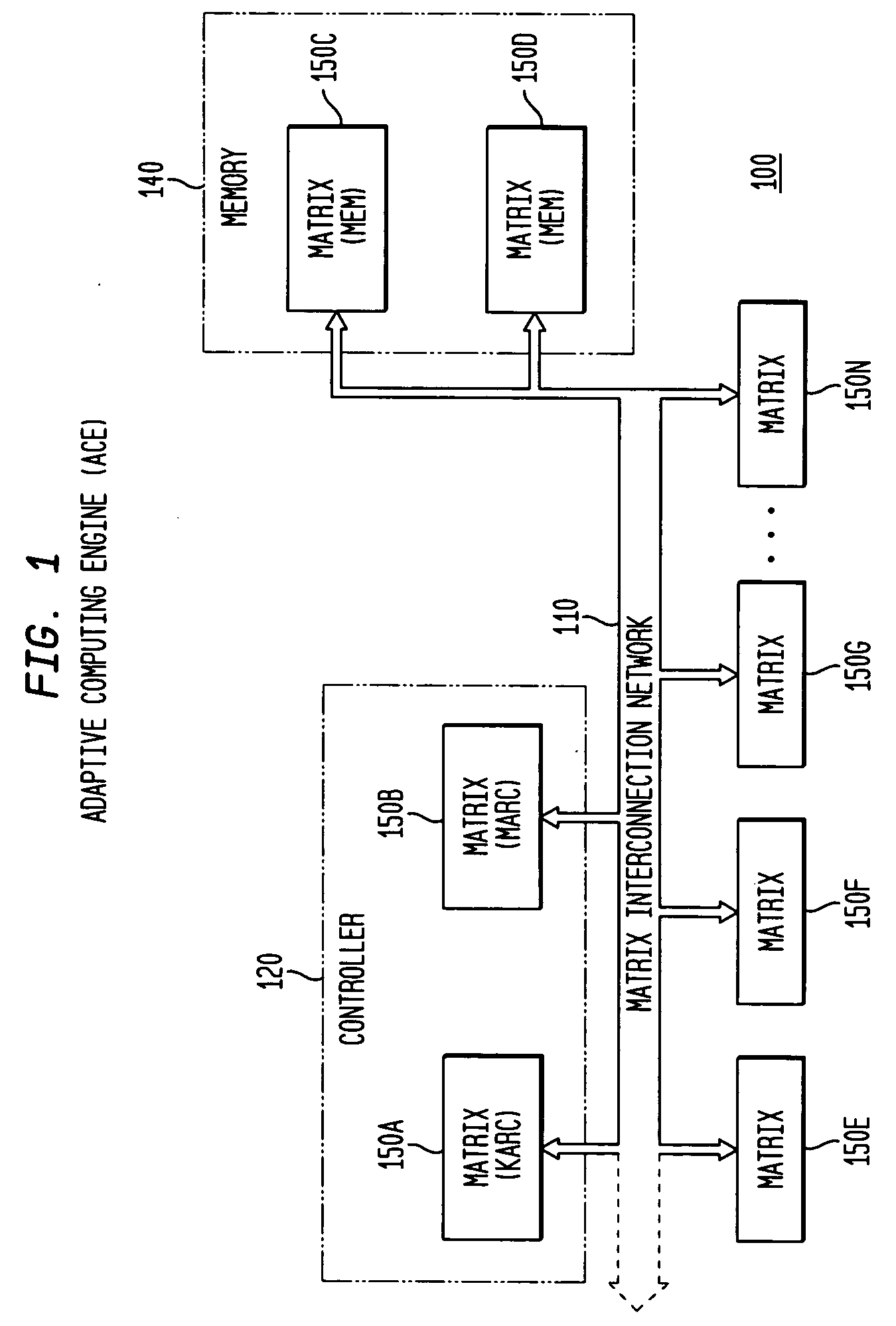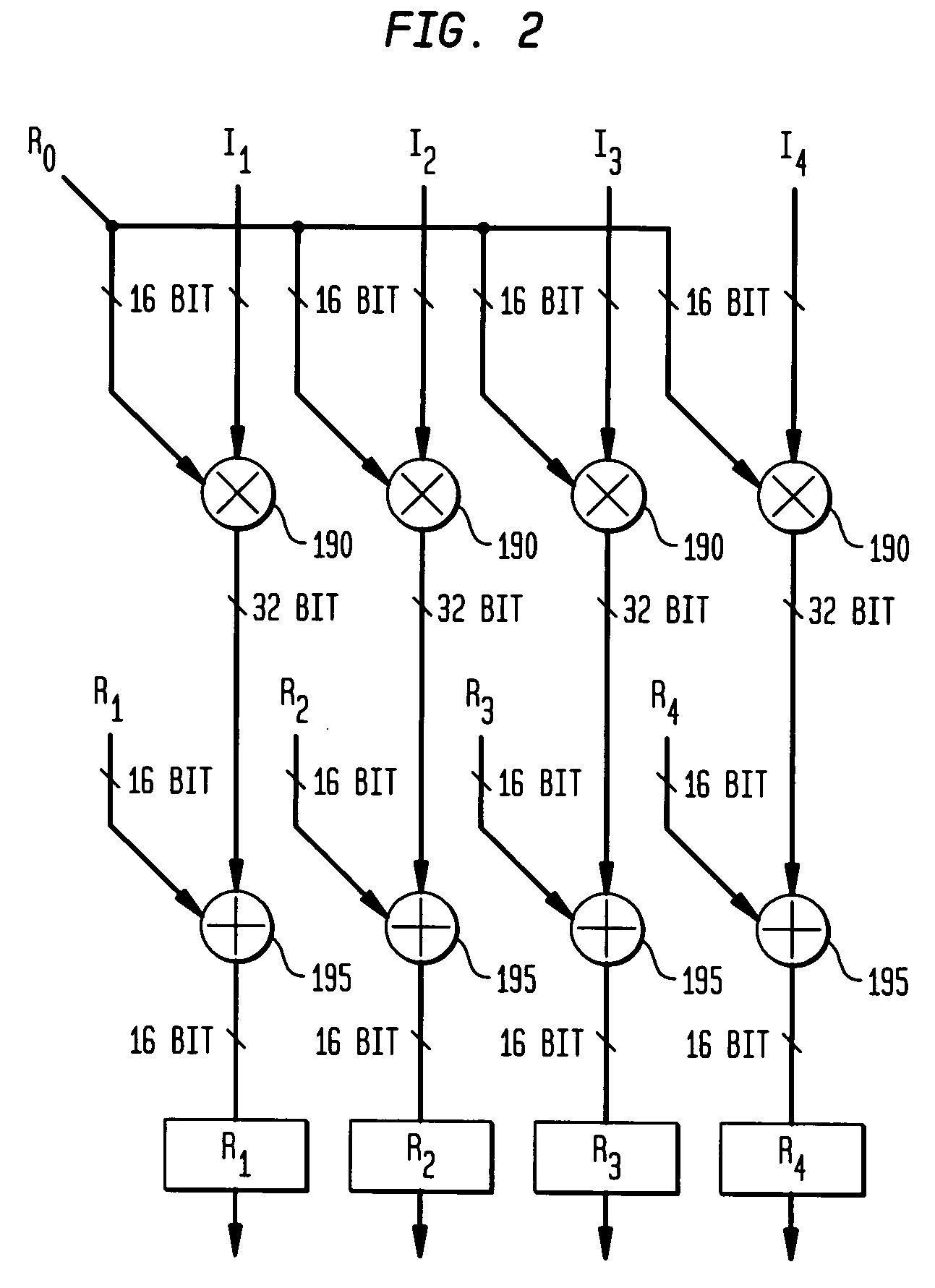In addition, as processors are designed for the execution of instructions, large areas of the IC are allocated to instruction
processing, with the result that the processors are comparatively inefficient in the performance of actual algorithmic operations, with only a few percent of these operations performed during any given
clock cycle.
Microprocessors and DSPs, moreover, have a comparatively limited
activity factor, such as having only approximately five percent of their transistors engaged in algorithmic operations at any given time, with most of the transistors allocated to instruction
processing.
As a consequence, for the performance of any given algorithmic operation, processors consume significantly more IC (or
silicon) area and consume significantly more power compared to other types of ICs, such as ASICs.
Once etched, however, an ASIC is not readily changeable, with any modification being time-consuming and expensive, effectively requiring new masks and new fabrication.
As a further result, ASIC design virtually always has a degree of
obsolescence, with a
design cycle lagging behind the evolving standards for product implementations.
The reconfiguring process for an FPGA is comparatively slow, however, and is typically unsuitable for most real-time, immediate applications.
While this post-fabrication flexibility of FPGAs provides a significant
advantage, FPGAs have corresponding and inherent disadvantages.
Compared to ASICs, FPGAs are very expensive and very inefficient for implementation of particular functions, and are often subject to a “
combinatorial explosion” problem.
More particularly, for FPGA implementation, an algorithmic operation comparatively may require orders of magnitude more IC area, time and power, particularly when the particular algorithmic operation is a poor fit to the pre-existing, homogeneous islands of logic gates of the FPGA material.
In addition, the programmable interconnect, which should be sufficiently rich and available to provide reconfiguration flexibility, has a correspondingly
high capacitance, resulting in comparatively slow operation and high
power consumption.
For example, compared to an ASIC, an FPGA implementation of a relatively simple function, such as a multiplier, consumes significant IC area and vast amounts of power, while providing significantly poorer performance by several orders of magnitude.
In addition, there is a
chaotic element to FPGA routing, rendering FPGAs subject to unpredictable routing delays and wasted logic resources, typically with approximately one-half or more of the theoretically available gates remaining unusable due to limitations in routing resources and routing algorithms.
Various prior art attempts to meld or combine these various processor, ASIC and FPGA architectures have had utility for certain limited applications, but have not proven to be successful or useful for low power, high efficiency, and real-time applications.
Typically, these prior art attempts have simply provided, on a
single chip, an area of known FPGA material (consisting of a repeating array of identical logic gates with interconnect) adjacent to either a processor or an ASIC, with limited
interoperability, as an aid to either processor or ASIC functionality.
This reprogrammable
instruction set accelerator, while allowing for some post-fabrication reconfiguration flexibility and processor acceleration, is nonetheless subject to the various disadvantages of traditional processors and traditional FPGA material, such as high
power consumption and
high capacitance, with comparatively
low speed, low efficiency and
low activity factors.
While potentially providing post-fabrication means for “bug fixes” and other error correction, the prior art IC is nonetheless subject to the various disadvantages of traditional ASICs and traditional FPGA material, such as highly limited reprogrammability of an ASIC, combined with high power consumption, comparatively
low speed, low efficiency and
low activity factors of FPGAs.
 Login to View More
Login to View More  Login to View More
Login to View More 


